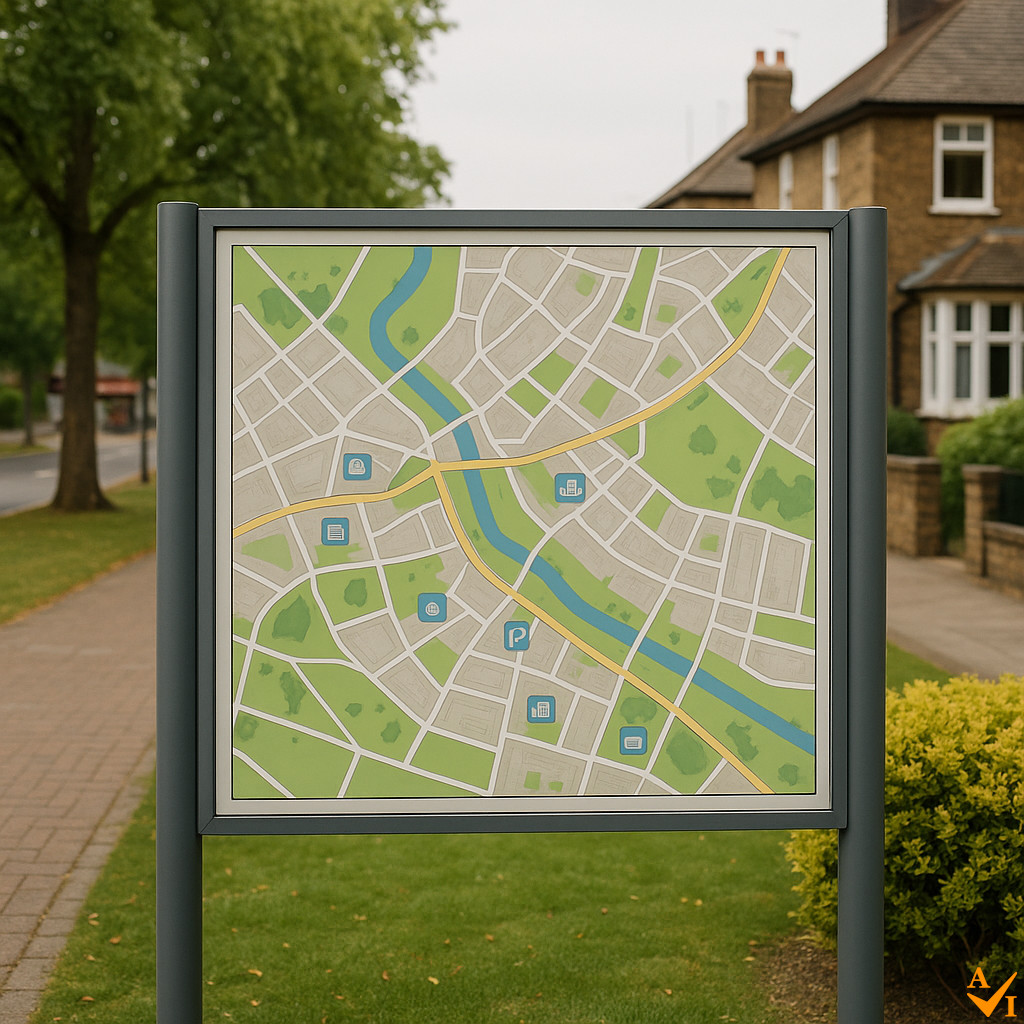 Blog
Blog
08 Oct 2025
In the UK, housing estates are evolving beyond mere residential spaces, integrating amenities that foster self-sufficient and lively communities. These developments aim to offer convenience, comfort, and connection, creating an ideal environment for modern living.
Everyday Convenience: Contemporary housing estates often feature local shops, cafés, and essential services within easy reach. This reduces car dependency, promotes walking or cycling, and strengthens community ties. Proximity to everyday amenities makes these estates appealing to both families and professionals.
Green Spaces and Recreation: Integrated green areas have become vital components of modern estates. Parks, landscaped gardens, play areas, and walking trails provide residents with nature access and socialising opportunities. These spaces enhance mental and physical wellbeing while supporting local wildlife.
Health and Education Facilities: Many larger estates now incorporate GP surgeries, dental practices, nurseries, and schools either on-site or nearby. This ensures essential services are readily available, simplifying life for families and contributing to the community’s sustainability.
Community Hubs: Shared spaces like community centres, gyms, or co-working areas encourage social interaction and neighbourly bonds. These hubs can host events, classes, or clubs, fostering a sense of belonging among residents.
Sustainable Design: Integrated amenities often complement eco-friendly planning. Estates may include cycle paths, electric vehicle charging stations, and energy-efficient infrastructure, aligning with the UK’s sustainability objectives.
By embedding amenities within housing estates, developers are crafting more than just living spaces—they are nurturing vibrant communities. This comprehensive approach ensures that modern housing estates cater to residents’ practical needs while enhancing their wellbeing and quality of life.